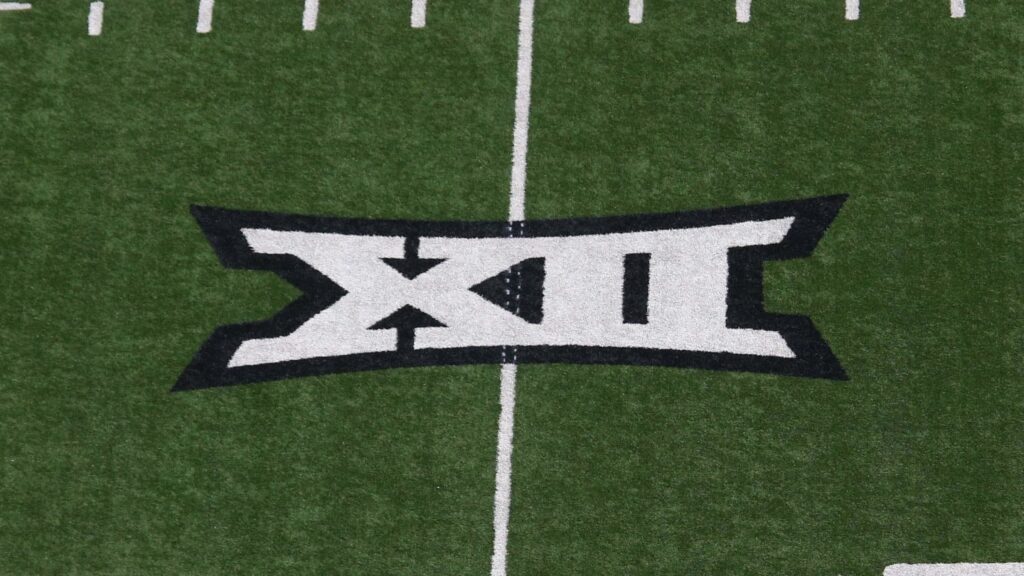Big 12 commissioner Brett Yormark has often said the conference is open for business and maintained that position recently when speaking about the possibility of a restructuring in the future of college football.
But during a press conference this week, Yormark was careful to point out that the Big 12 is not actively recruiting new members at this time.
“We look for every opportunity to create value for our members and student-athletes,” Yormark said. “We've done that since I took office and we'll continue to have that mindset.”
But is he looking for a new school? “No, I'm not,” he said.
“From day one, we've said we're open for business,” Yormark added. “I'd say we're open now more than ever.”
This business is about to get even more interesting in the future due to the historic House v. NCAA settlement, which will force the NCAA, conferences and schools to pay athletes for the first time in history.
That will require more funding, so more options will need to be explored.
That could include bringing in private equity investments, a cash infusion that could attract billions of dollars to invest in college football and other sports.
No one knows what that will look like specifically or what the desired return on investment will be, but it will certainly give programs access to more funding.
“Private equity is in the news and people are thinking about it,” Yormark said.
“In a way, private equity is a validation of the direction and growth of the industry. I don't see that as a bad thing.”
Yormark led the Big 12 expansion project during the historic conference realignment that took place last offseason and will become official this summer.
Following the departure of football powerhouses Texas and Oklahoma to the SEC, the Big 12 responded by adding Utah, Arizona, Colorado and Arizona State to its membership in July.
But while the dust has seemingly settled over the massive expansion, two other flagship brands could be expected to enter the market in the future.
Florida State and Clemson are suing the ACC to challenge the conference's hefty early-exit fees that are levied on schools that want to leave before 2036, when the league's rights agreement expires.
If a settlement is reached, both schools are expected to leave the ACC and join another conference in hopes of landing bigger media deals.
But if the Big 12 Conference is interested in acquiring one or both of these schools, it would face stiff competition from both the SEC and the Big Ten, college football's two emerging super conferences.
And those schools would likely prefer to join one league or the other, given the advantage they have over their competitors when it comes to capturing media revenue.
The Big 12 Conference announced it will distribute $470 million to its member schools for the 2023-2024 school year, a new record for the conference, but the figure is still lower than the SEC and Big Ten.
Going forward, with additional funding from the NCAA Tournament and College Football Playoff added to the total, the Big 12 Conference is expected to distribute about $50 million to each university starting in 2025-26, according to a CBS Sports estimate.
Meanwhile, the SEC recently reported giving each of its member universities an average of $51.3 million, second only to the nationally leading Big Ten Conference, which gives just over $60 million per university.
And both of those figures are expected to increase as new media deals kick in.
But with so many intangibles still to be sorted out on the expansion front, and the conference needing additional revenue streams to pay players, the Big 12 has options open.
–
More college football from SI: Top 25 Rankings | schedule | team
Follow College Football HQ: Bookmark | Ranking | recommendation

